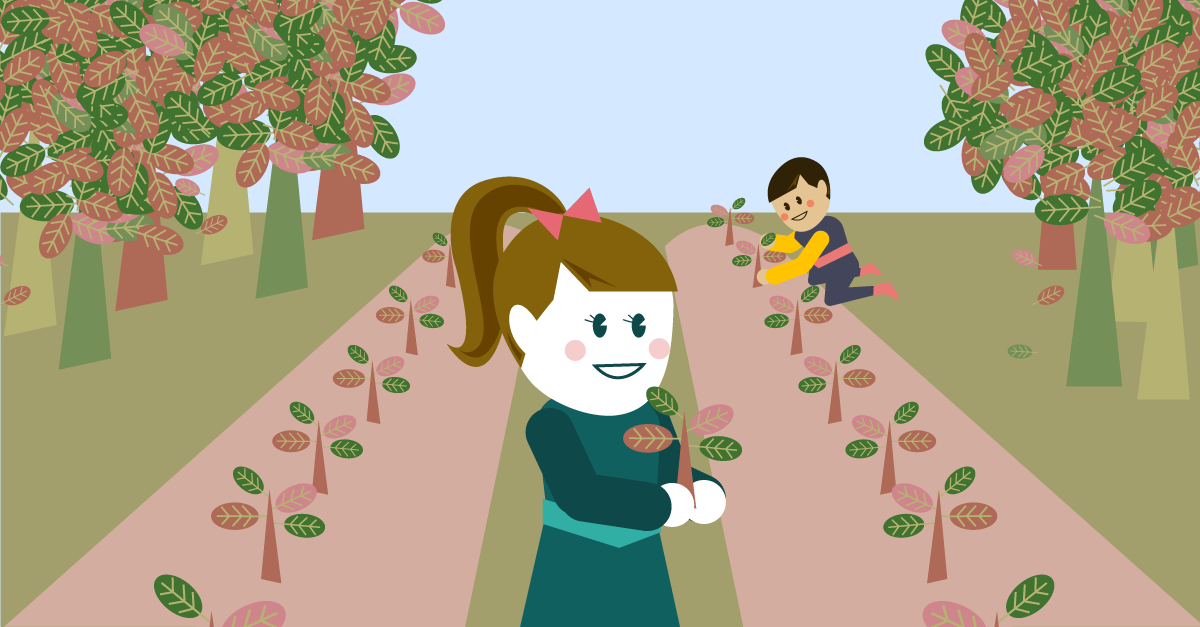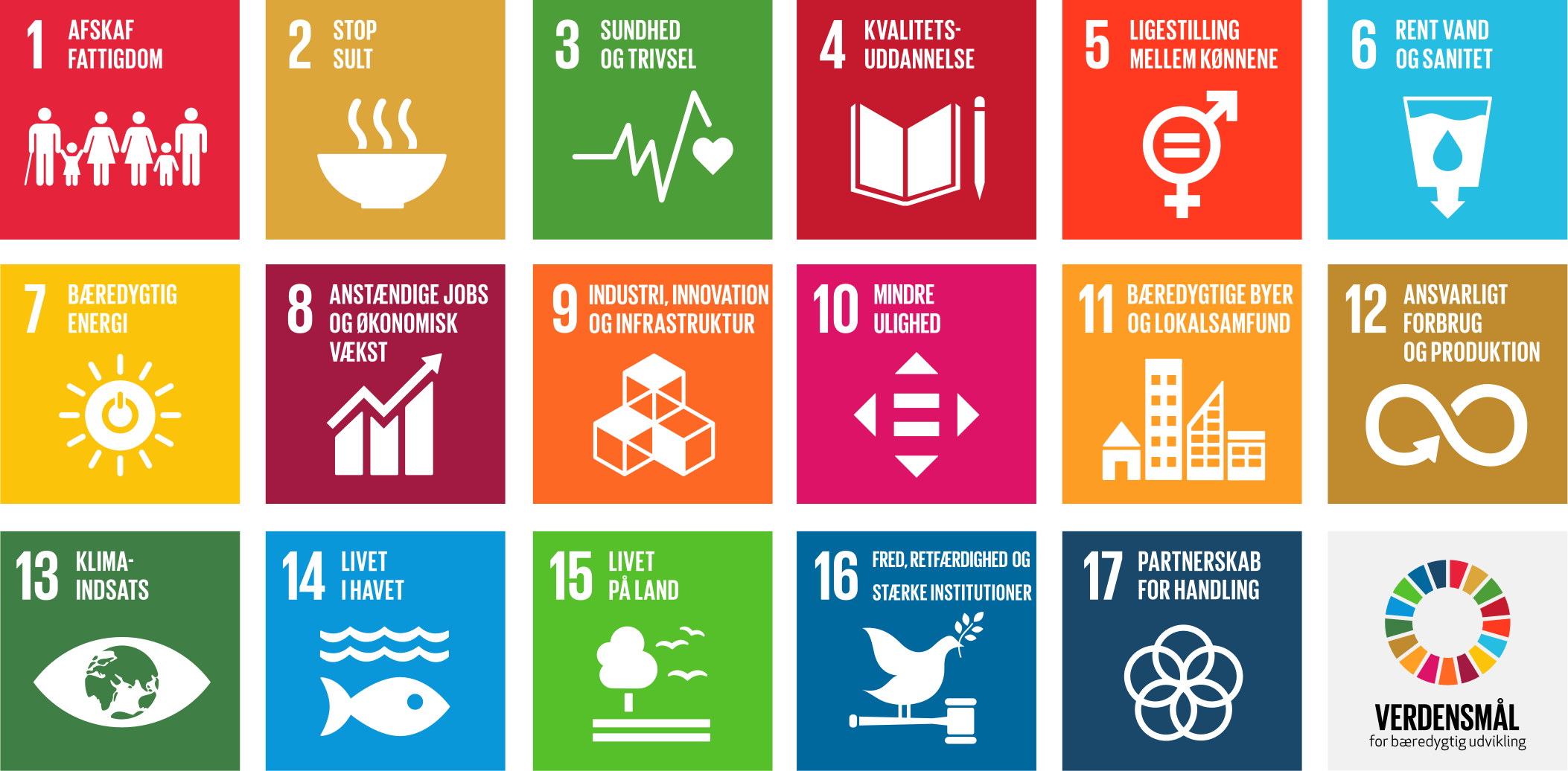Aalund’s policy on Climate and Sustainability 2021-2024
A. Overall approach
- We use the UN’s 17 World Goals for Sustainability as our point of departure / benchmark.
- We have chosen in particular to pursue goal 12 “Responsible consumption and production” and 13 “Climate action”.
- We use the term “Climate & Sustainability” about our policy on the topic.
B. Our structured approach
- In the field of Climate, we want to concentrate on CO2 emissions, as the other gasses in Green House Gasses does not have relevance to us.
- On Sustainability we want to concentrate on Circular economy (see definition below). It is about keeping materials and products in an orbit of the highest possible value as long as possible. As opposed to a linear mindset, where you have a value chain from extraction to scrap.
- In part, our market analyses and reports will include the two topics “climate and sustainability” as part of our “climate action” cf., UN’s world goal 13.
- And partly, in the operation of our company, Aalund Group, we will work on our own activities’ effect on climate and sustainability.
This will be based on the mindset of the terms Scope 1, 2 and 3:
- The direct effect of our work in Aalund on emissions and circular economy.
- The “upstreaming effect” of our work in Aalund. I.e., the purchases and activities we request from our suppliers – and the emission and sustainability-effect, coming from this.
- The “downstreaming effect” of our services in our delivery to our customers and their further use of what we deliver to them. And the effect we thus indirectly set in motion in the next link.
C. The activity areas where we must seek to create improvements
1. Functional areas:
- Sales
- Production / service
- Procurement
- Administration
2. Concrete activities:
- Our procurement of goods and services for operations
- Stock of operational means
- Heating
- Electricity
- Energy-related activities
- Transport / distribution
- Sales
- Business travel
- Employee transport
- Offices
D. Conversion of intentions to an integrated part of our company
Idea base
A company such as Aalund, that works with data collected by telephone or electronically, and often delivers reports and consulting electronically has fewer areas of action and potentials to work with than e.g., the steel industry. But there are good opportunities for improvement in our company, but also through our work with climate and sustainability in our reports.
We must in our eagerness in this field not create barriers for our business progress nor make the workplace less attractive to be an employee in.
We cannot join in on the term “flight shame”, but we are positive in terms of flying less. We can choose to do this today for two reasons. The customers and potential customers have become open to using Teams-dialogue after Corona instead of a physical meeting. And the Teams-tool has been significantly developed compared to past online tools.
Conversely, certain customers as well as our far away departments demand that there is travel-activity – if not, the cohesion, knowledge sharing as well as innovation to a significant degree, is lost.
We perceive the companies’, the states’ and the organizations’ work with Climate & Sustainability as being in a rapid development. A dynamic that is in a crucible / melting pot driven by the world’s largest companies. There are currently 15 measuring tools for a company’s progress in the area. But there is not really a recognized method of measurement that everyone wants to use as a standard – and for sure /definitely not anything useful for a company of our type and size.
We have therefore, in the first period 2021-2024, chosen a pragmatic approach to the control as well as the measurement of our new area of action Climate & Sustainability.
We wish, to the greatest extent possible, to integrate our climate- and sustainability-initiatives in the company’s operations by involving all employees in the work. Among others as a theme at future strategy seminars.
E. Targets, Strategy, Plans, and Progress Reporting
- The targets will be processed at an annual joint Sustainability meeting.
- The strategy will be drawn up at the annual Sustainability meeting.
- The rolling 3-year Climate and Sustainability plans will be drawn up at the Sustainability meeting.
- Reporting on our progress will partly consist of qualitative descriptions and partly of quantitative descriptions. Calculated per year, per employee, per turnover in DKK, and per square meter of office space.
- Such CSDR reporting can be confirmed by the company’s auditor. Also, in the future, we intend to include these results in our official annual accounts as well as on our website.
About a circular economy
The growth in the world economy and the growing world population will mean an increased global demand and a rise in the resource consumption. Our use-and-throw-away culture is not sustainable in the long run. There is a need for new solutions, if we are to secure sustainability in the future. This requires a more circular mindset in regard to how we manufacture our products and act as consumers.
Circular economy is a way of both securing a better management of earth’s resources, while companies simultaneously get new economic opportunities by among others developing new business models.
Circular economy is simply about keeping materials and products in the economic orbit with the highest possible value for as long as possible. Circular economy breaks with the idea of a linear value chain, that starts with the extraction of resources and ends with garbage.
With a circular economy, the opportunity for the resources that would otherwise have ended up as garbage, to go one or two steps back in the value chain and being part of production again, is opened. Circular economy is this either recycling of materials or – even better – garbage-prevention through products, that can e.g., be repaired or upgraded. It is also about innovative business models, where the consumer can return products for repair or upgrading. Or you can lease products instead of selling them to get the most out of the products and their resource consumption.
If you are interested in learning more about the Sustainable Development Goals click HERE


